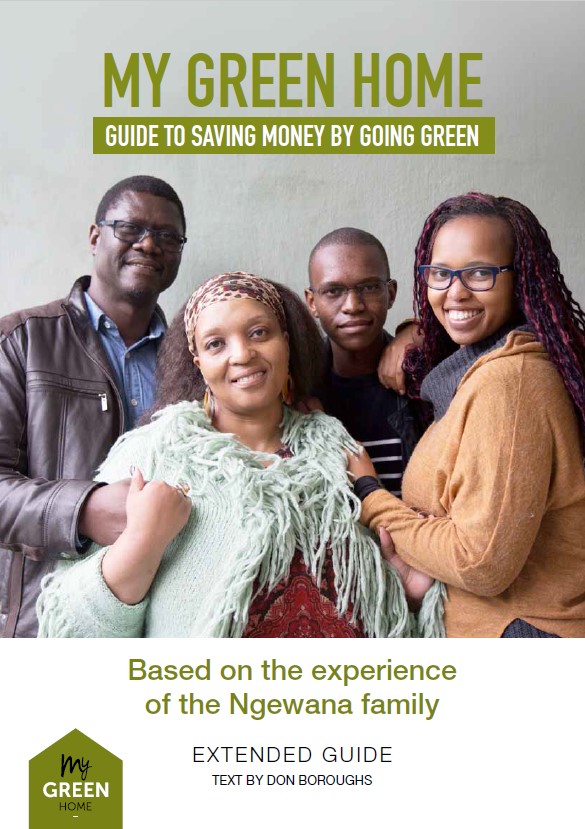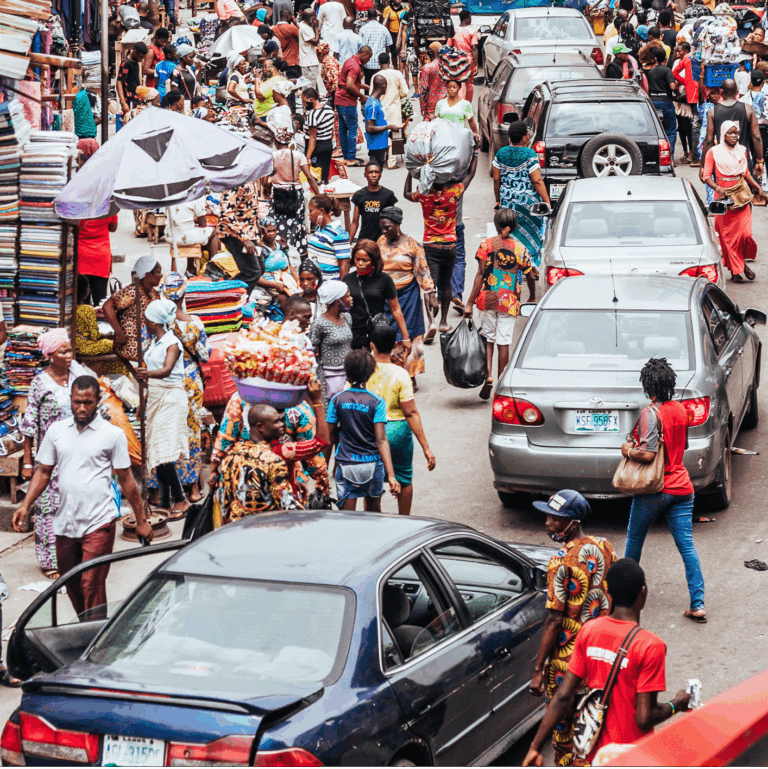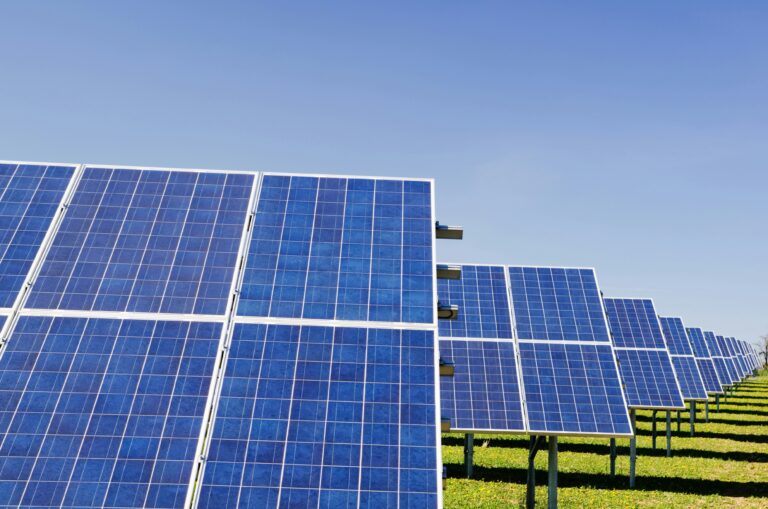My Green Home: Guide To Saving Money (Extended Guide)




Download:
Related ICLEI Pathway(s)
About
Resource summary
his guide is for South Africans who know they want to go green at home, but are not sure where to start. It offers practical advice organised into No-Cost, Low-Cost and Invest-to-Save categories. The ideas are chosen for maximum impact at minimum expense and effort, using the experience of My Green Home. The Ngewana family took on the My Green Home challenge and succeeded in reducing their electricity consumption by 53 percent, water by 44 percent, and waste to landfill by 81 percent in their suburban home, all in a few months. These were the effects of No-Cost, once-off actions and daily behaviour changes combined with a major retrofit that supplied the house with technology for energy and water efficiency. The steps recommended here will help other households that also wish to save money by going green.
For those who want to approach the greening process methodically, measuring their results, the first step is to establish a baseline. Ideally, gather a full year’s worth of records to calculate annual or, even better, seasonal average daily or monthly consumption of electricity in kilowatt hours and water in kilolitres. An eco-audit, using our recommended free tools, can help identify where most of that power and water is being used.
No-Cost changes are an obvious starting point, and allowed the Ngewana family to save 32 percent on electricity and 26 percent on water before a cent had been spent upgrading their home. Three actions that might take an hour or so can make a big impact, potentially saving the Ngewana family R4 500 over a year.
Related resources

RISE Africa report 2025

Navigating the regulatory landscape for early-stage embedded generation projects



